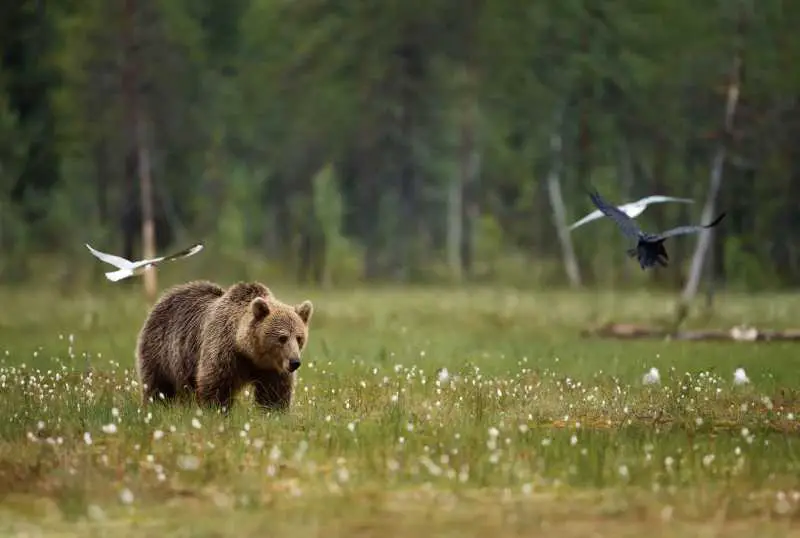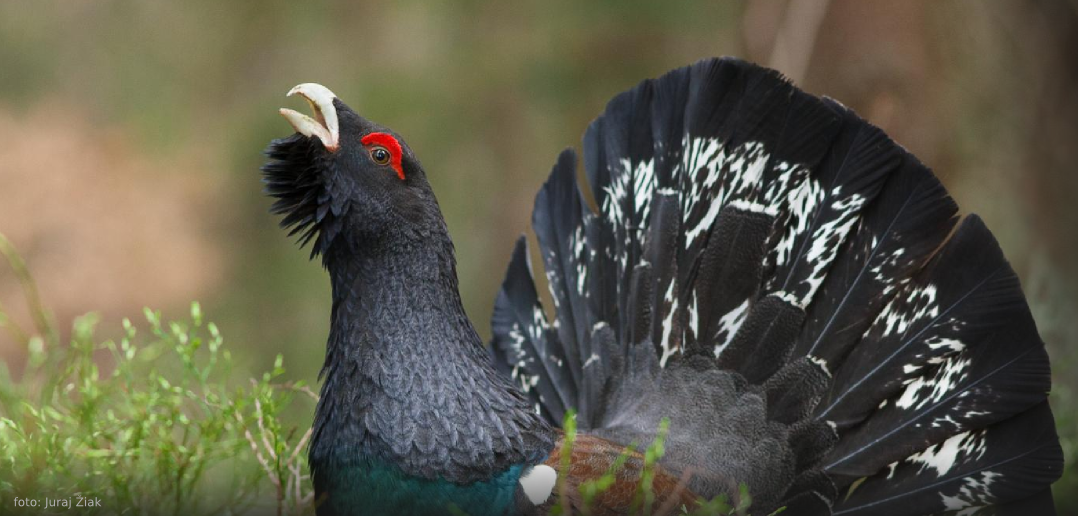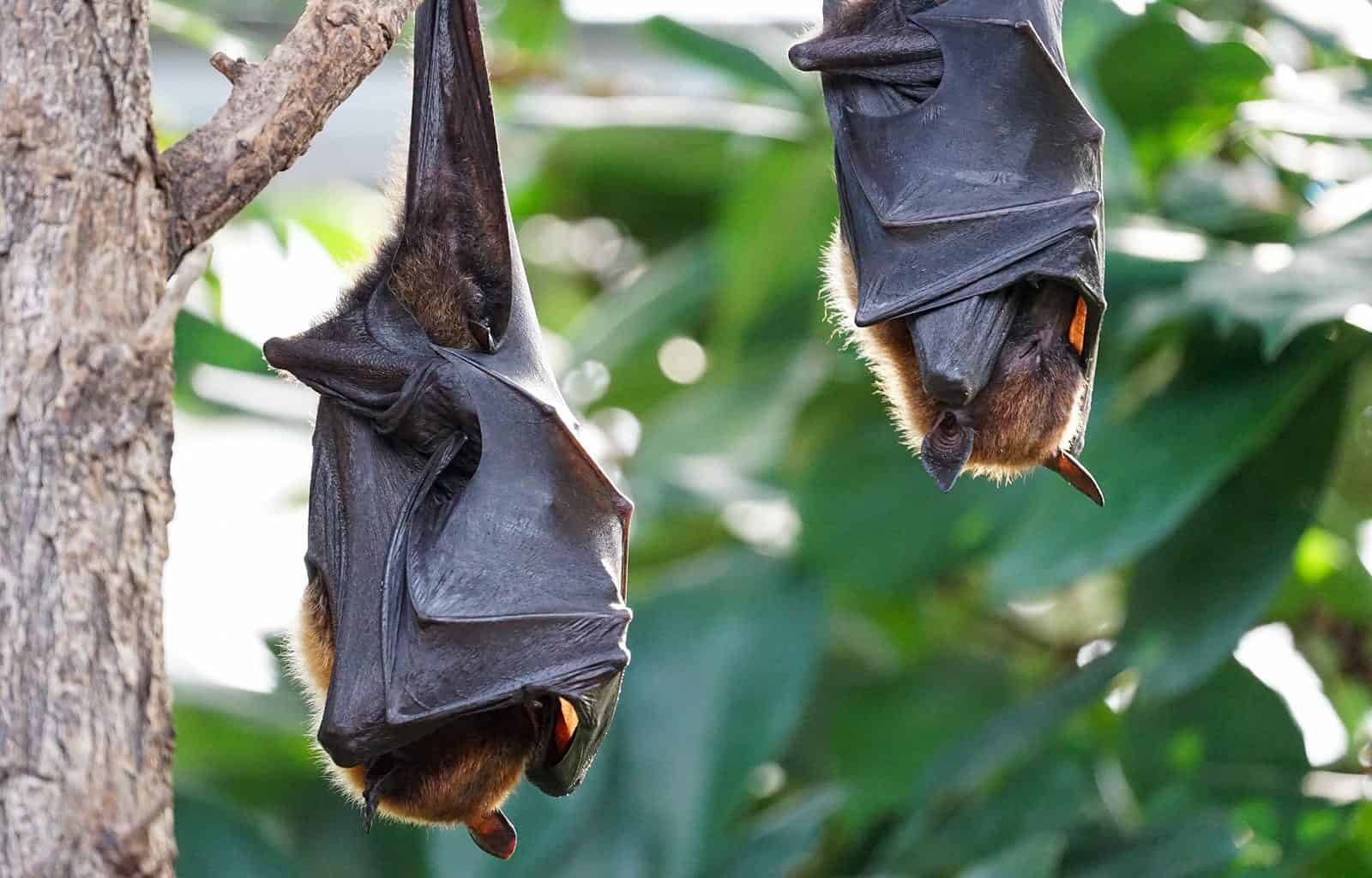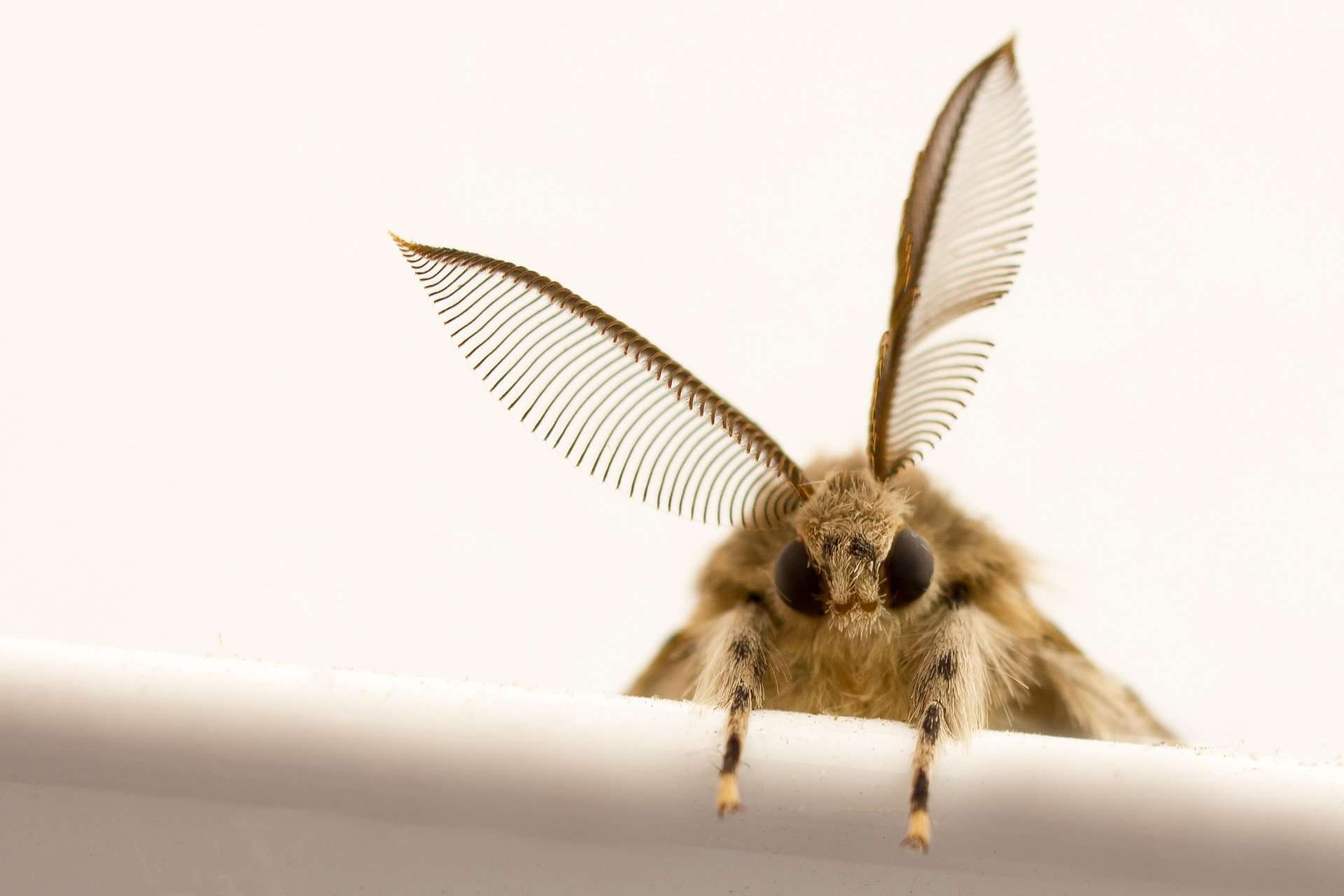How Bear Diets Differed in the Ancient World
Imagine a world where massive bears roamed the land, each with a unique diet shaped to their specialized jaws. A groundbreaking study has delved into the mysteries of the past, uncovering the secrets of bear diets in the ancient world. From the caves of Goyet to the forests of North America, the story of these bears and their eating habits has been brought to light.
Ancient Bears and Their Coexisting Worlds
Around 30,000 years ago, two powerful bear species coexisted in what is now Belgium. The formidable cave bear (Ursus spelaeus) and the robust brown bear (Ursus arctos) lived side by side, sharing the same landscapes and resources. As these bears traversed the Belgian Namur area, they likely engaged in a silent battle for sustenance.
Unveiling Diets through Jaws
Anneke van Heteren, a curator at the Munich State Zoological Collection, alongside her colleague Mietje Germonpré from the Royal Belgian Institute of Natural Sciences, embarked on a scientific journey to uncover the dietary preferences of these ancient bears. Through specialized 3D shape analyses of bear jaws and dentition from the Goyet Caves, a striking revelation emerged: the two bear species had vastly different food preferences.
Presumably, the fossil brown bears from Belgium ate slightly more plant-based food than today’s brown bears from North America.
The cave bear emerged as a pure vegan, surviving on a plant-based diet. In contrast, the brown bear showcased its omnivorous nature, a trait that persists even in the present day. These differences were etched into the very biomechanics of their jaws, forming a blueprint of their unique eating habits.

A Peek into the Past
Delving deeper, the researchers examined fossilized brown bear remains from Belgium, comparing them with their living North American counterparts. The evidence hinted at a subtle but significant divergence in diet. The ancient brown bears seemed to lean slightly more towards plant-based food, a dietary distinction that echoed across time.
Insights from Fossil Cubs
The study extended its focus to the youngest members of the bear populations – the cubs. Cubs of cave bears, discovered in Belgium, provided insights into their developmental journey. These young bears, still reliant on their mother’s milk, carried jaws ill-suited for chewing solid food. As they grew, their jaws would undergo transformation, adapting to the demands of their adult diets.
A Biomechanical Puzzle
The researchers wielded advanced techniques to unravel the mysteries of the bears’ jaws. Using geometric morphometry, they meticulously measured skeletal parts, constructing a three-dimensional landscape of bear jaws. The very angles at which these ancient jaws opened to chew their food painted a vivid picture of their dietary habits.

The journey into the diets of ancient bears was a voyage through time, unlocking the dietary preferences that defined their lives. From plant-loving cave bears to versatile omnivorous brown bears, the differences in their jaws illuminated the hidden stories of these incredible creatures. As we peer through the lens of science, the bear-filled past comes alive, offering us a glimpse into a world where diets were etched in bone and shaped by evolution.








